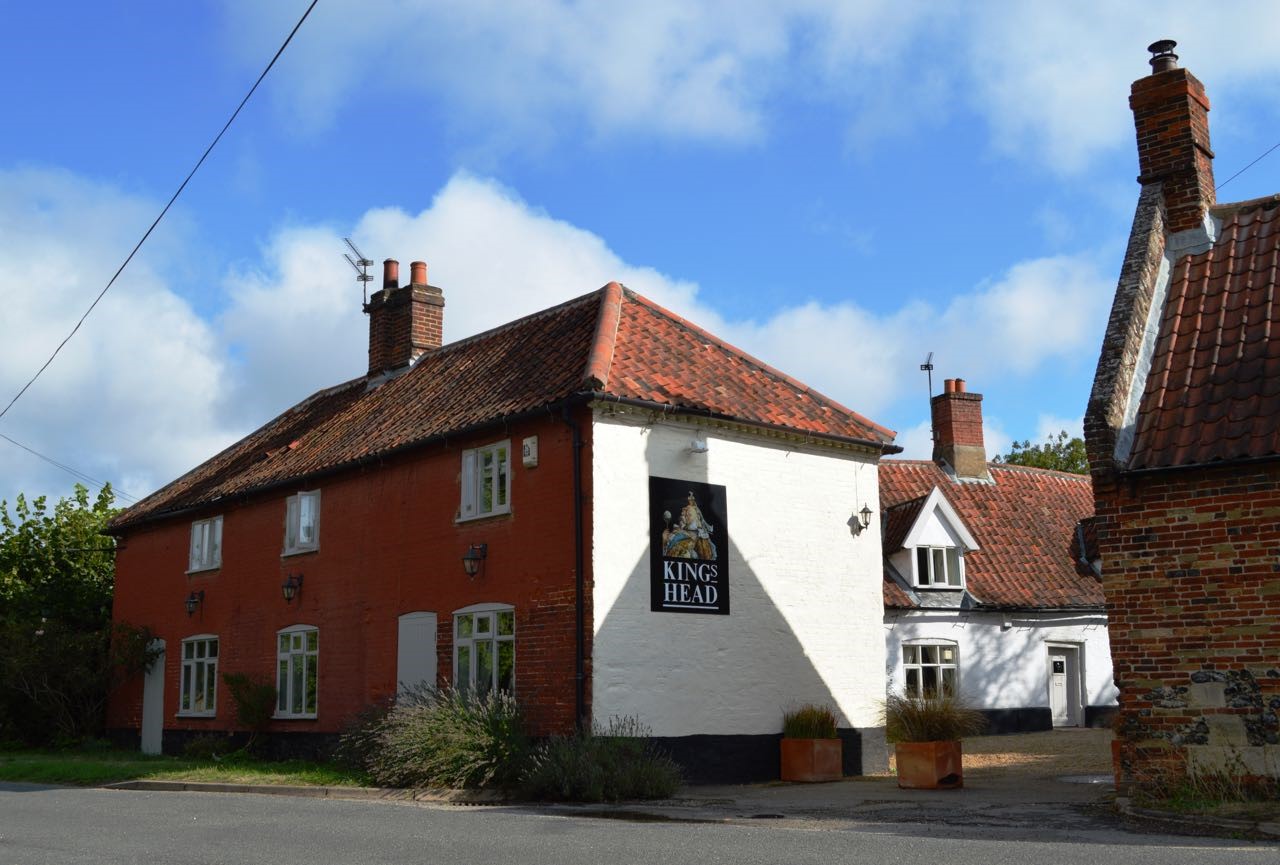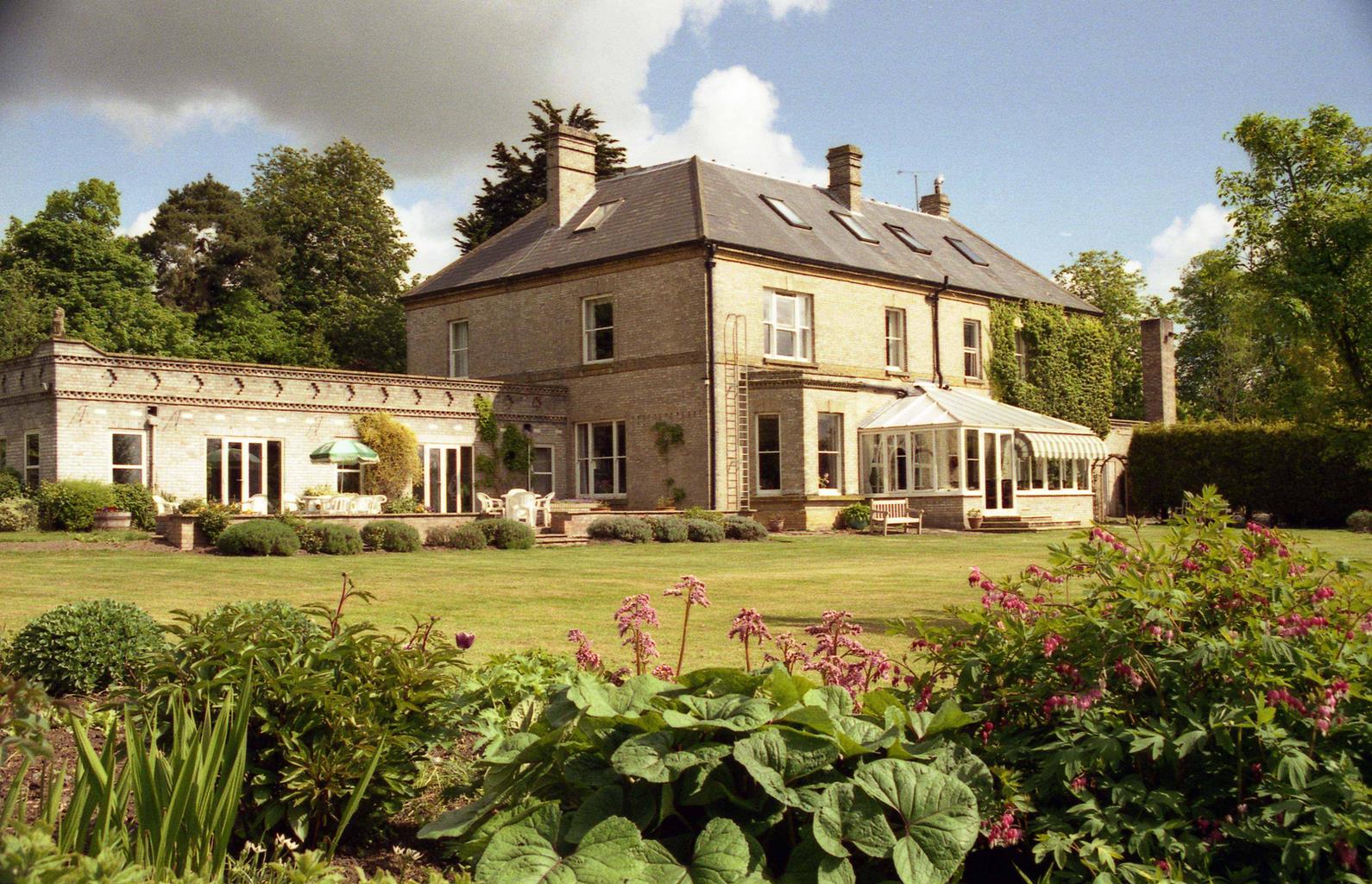Vicarage House is set in rural Norfolk with large gardens, a heated swimming pool, a tennis…
On Thompson Common

A Walk along an old railway course that has remnants of the ice age.
5.75 miles (9.2kms)
About the walk
In 1869 trains steamed their way regularly down the 3-mile (4.8km) stretch between Stow Bedon and Great Hockham. The line, known locally as the Crab and Winkle, was particularly busy during World War II, when it was used by servicemen from nearby RAF Watton. However, all rolling stock stopped rolling here in 1965 and the line became one of Dr Beeching's casualties when he declared the service uneconomical.
In 1971 the county council bought the land, thinking it would make an excellent route for part of the A1075, but the plans changed and the road was built elsewhere. The council was left with a narrow strip of land that was not particularly useful, but with great foresight and imagination they decided to develop it as a public footpath. All along the first part of the route you will see reminders of the days when this was busy with trains, with cuttings and embankments and the occasional ruins of a railway employee's cottage shrouded in brambles. The wood and metal bridge across the stream near Thompson Carr has a distinct look of the railway about it, and sturdy sleepers are used to raise the footpath above the marshier segments of the route.
Breckland's pingos
Among the more curious features of the walk are the pingos. These are shallow depressions, often filled with water, that were formed about 20,000 years ago during the last ice age. Bubbles of ice formed underground and expanded, like a large, slippery lens. This lens forced up the soil above it, but years of foul weather washed most of it down the sides again, where it formed a rim around the bottom. When the great glaciers finally retreated north, the underground ice bubbles melted, leaving behind small craters – hollow centres with built-up lips around the edges. Some of these filled with water, forming shallow pools that today teem with wildlife.
Pingos are common in tundra areas like Greenland and Alaska, but they are less obvious in Britain. At one time there were pingos in a wide band across the whole of the Breckland, but many have been lost through ploughing when the fields were cultivated. Fortunately, the ones around Thompson Water have been left alone and today the area boasts the highest concentration of these unusual features in Breckland.
Near Thompson Water you will see signs indicating that the land to your left is a military firing range. This is the Stanford Training Area, used for manoeuvres involving about 80,000 soldiers each year. Despite this, the entire area is a Site of Special Scientific Interest (SSSI) and parts of it are untouched, allowing nature a free rein.
Walk directions
From the car park, which is set a short way back from the main road, go through the gate to take the straight path in front of you, marked Great Eastern Pingo Trail and Wayland Walks. Pass the old Stow Bedon station buildings and continue ahead on the disused railway line, part of the Great Eastern railway which gives the walk its name. The path runs through mixed woodland and after a little more than a mile (1.6km) reaches a farm track.
Turn right along the track, passing Crows Farm and Heath Cottage on your right, and stay on this forest track as it crosses a couple of woodland rides and passes through the dense mixed woodland of Stow Heath. On reaching Watering Farm, keep straight ahead to a junction.
Turn right along the gravelled footpath of the north-south Peddars Way trail. After passing a Norfolk Songline sculpture you will soon see Thompson Water – a shallow artificial lake built in the 1840s – through the trees on your right. On your left note the signs warning that this is an area used by the Ministry of Defence. Once the lake emerges on your right, look out for a sign for the Great Eastern Pingo Trail by a fingerpost that says ‘Stow Bedon 4km’.
Turn right into the Thompson Common nature reserve. Bear left towards a gate and go through to follow the trail around the north end of the lake, passing a bird hide on the way. Continue past ponds to reach a T-junction with a waymark post semi-hidden behind an oak and a holly bush. Turn right to follow the track through coppiced hazel woodland until crossing a bridge over a sluggish stream.This part of the walk can be muddy, and may necessitate some acrobatics across fallen trees and through sticky black bogs.
Turn left after you go over the bridge, and walk next to the stream along a shady path.
Cross another bridge, to go through a gate away from the stream and out into the open area of Thompson Common, a meadow kept in good condition by a flock of grazing Shetland sheep. At the end of the meadow go through a gate to follow the path along the side of fields, with several pingos over the hedge to the right. This continues to join a paved lane by a wooden barn.
At the lane, continue into the outskirts of the village itself. Pass a number of houses, until you see the Pingo Trail sign to your right, just before a 'Give Way' sign. Follow it through the woodland to arrive back at the car park.
Additional information
Wide grassy footpaths to narrow muddy ones, some steps
Woodland, heathland and meadow
Dogs permitted on old railway line but not in nature reserve
OS Explorer 229 Thetford Forest in The Brecks
Great Eastern Pingo Trail car park off A1075
None on route
WALKING IN SAFETY
Read our tips to look after yourself and the environment when following this walk.
Find out more
Also in the area
About the area
Discover Norfolk
The North Norfolk Coast is designated an Area of Outstanding Natural Beauty and probably the finest of its kind in Europe. Here you’ll find a string of quaint villages and small towns – Holkham, Wells-next-the-Sea and Cley next the Sea are 21st-century favourites, while Sheringham and Cromer are classic examples of a good old-fashioned seaside resort where grand Victorian hotels look out to sea. Further round the coast you'll find Great Yarmouth, one of the most popular resorts in the UK and packed full of amusements, shops and seashore entertainment. And let's not forget Norwich, the region's only city.
Norfolk prides itself on its wealth of historic houses, the most famous being Sandringham, where Her Majesty the Queen and her family spend Christmas. Many of Norfolk’s towns have a particular charm and a strong sense of community. The quiet market towns of Fakenham and Swaffham are prime examples, as well as Thetford, with its popular museum focusing on the TV comedy series Dad’s Army which was filmed in the area.
Nearby stays
Restaurants and Pubs
Nearby experiences
Recommended things to do
Why choose Rated Trips?
Your trusted guide to rated places across the UK
The best coverage
Discover more than 15,000 professionally rated places to stay, eat and visit from across the UK and Ireland.
Quality assured
Choose a place to stay safe in the knowledge that it has been expertly assessed by trained assessors.
Plan your next trip
Search by location or the type of place you're visiting to find your next ideal holiday experience.
Travel inspiration
Read our articles, city guides and recommended things to do for inspiration. We're here to help you explore the UK.













